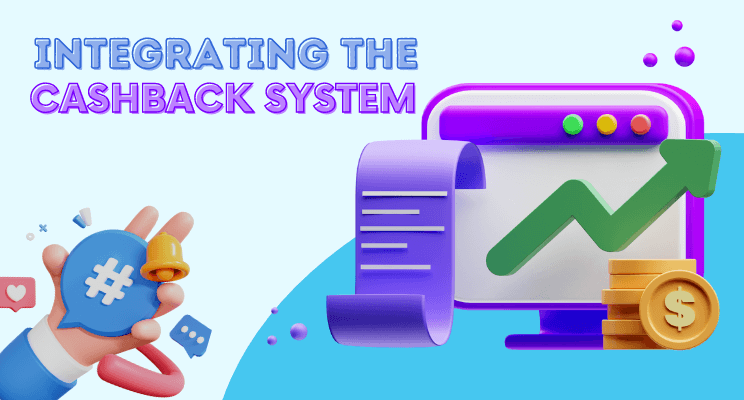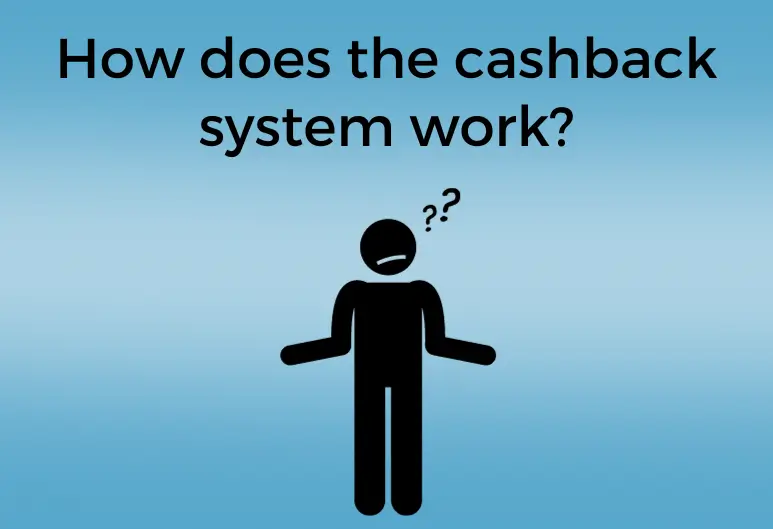
Integrating the Cashback System is a concept in which you get a monetary reward when you make a purchase you were planning to make. The amount of cashback will depend on the merchant partner and whether you are an existing customer or not.
Monitor and evaluate the success of your cashback program. It’s important to regularly review the performance of your cashback program to determine whether it is meeting your goals and whether any changes or adjustments need to be made.
This may involve tracking key metrics such as the number of cashback requests received, the amount of cashback distributed, and the overall impact on sales and customer satisfaction.
Overall, a well-designed cashback program can be a powerful tool for driving customer loyalty and engagement.
The evolution of integrating the cashback system? #
The concept of a cashback system has likely been around for as long as people have been making purchases. In modern times, cashback systems have evolved to take advantage of new technologies, such as the internet and mobile devices, to offer more convenient and seamless experiences for customers.
Online cashback programs, for example, allow customers to earn rebates on their purchases by shopping through a specific website or using a particular credit card.
Mobile apps have also been developed that allow customers to earn cashback by scanning receipts from their purchases or by linking their credit or debit cards to the app.
Overall, the evolution of the cashback system has been driven by a desire to make the shopping experience more rewarding for customers and to encourage them to make more purchases.
As a result, cashback systems have become an important marketing tool for businesses looking to attract and retain customers.
How does the cashback system work? #

A cashback system typically works by offering a percentage of the purchase price of a product or service as a rebate to the customer after the purchase has been made.
The rebate is usually in the form of cash or credit to the customer’s account, which can then be used to make future purchases or to offset part of the cost of the original purchase.
Some cashback systems operate through the use of special credit cards or loyalty programs, while others are offered by retailers or service providers as a way to encourage customers to choose their products or services.
Benefits of cashback integration #
By following these steps, you can successfully integrate a cashback system into your business and start reaping the benefits.
- Determine the goals, marketing strategies and objectives of your cashback program. Do you want to reward customer loyalty, drive more sales, or attract new customers?
- Decide on the terms and conditions of the program. Will it be available to all customers or only to a select group? Will there be any exclusions or restrictions on what purchases are eligible for cashback?
- Set up a system to track and process cashback requests. This may involve creating a dedicated page on your website, setting up a phone line or email address for customer inquiries, or hiring additional staff to handle cashback requests.
- Promote your cashback program to your customers. This can be done through email campaigns, social media posts, in-store signage, and other marketing efforts.
- Monitor and evaluate the success of your cashback program. This will help you to determine whether the program is meeting your goals and whether any changes or adjustments need to be made.
How do I make a business model for coupons and cashback websites? #
There are several ways that a coupons and cashback website can monetize its services:
Affiliate marketing: #
The website can earn a commission from the retailer or service provider for every purchase made through a referral from the website.
Advertising: #
The website can sell advertising space to businesses looking to reach the website’s audience.
Subscription fees: #
The website can charge a subscription fee for access to its premium features or for a more personalized experience.
Lead generation: #
The website can collect information about users who are interested in a particular product or service and sell that information to businesses.
Data collection and analysis: #
The website can collect data on consumer purchasing habits and sell that data to businesses or marketers.
It’s important to note that building a successful coupon and cashback website requires a strong understanding of the target audience and the needs and preferences of that audience.
It’s also important to have a well-designed and user-friendly website and to have relationships with a wide range of retailers and service providers to offer a diverse selection of coupons and cashback opportunities to users.
Why do cashback websites offer extra cashback? #
There are a few reasons why cashback websites might offer extra cashback on certain purchases:
To attract new customers: #
Offering extra cashback can be a way for a cashback website to stand out from the competition and attract new users to the site.
To promote certain products or retailers: #
A cashback website might offer extra cashback on certain products or from certain retailers in order to promote those products or retailers to its users.
To reward loyal customers: #
A cashback website might offer extra cashback to its most loyal users as a way to reward them for their continued patronage.
To encourage higher levels of spending: #
A cashback website might offer extra cashback on purchases above a certain threshold in order to encourage users to spend more.
Overall, offering extra cashback is a way for a cashback website to differentiate itself from the competition and create value for its users.
How does a cashback business model help upcoming startups? #
There are several ways in which a cashback business model can help upcoming startups:
It can be a way to differentiate the startup’s products or services from those of its competitors: By offering cashback on purchases, a startup can create an additional incentive for customers to choose its products or services over those of its competitors.
By offering cashback on purchases, a startup can encourage customers to keep coming back, which can help to drive long-term growth.
Offering cashback on purchases can be a powerful marketing tool that can help a startup to attract new customers.
By offering cashback on purchases, a startup can encourage customers to make larger or more frequent purchases, which can help to drive sales.
Overall, a cashback business model can be a valuable tool for startups looking to build a strong customer base and drive growth.
In a nutshell #
Overall, integrating a cashback system into a business can be a beneficial strategy for increasing customer loyalty and attracting new customers.
It provides an additional incentive for customers to make purchases, as they are able to receive a percentage of their purchase back in the form of cash or rewards.
However, it is important to consider the cost of implementing and maintaining the cashback system, as well as the potential impact on profit margins.
It may also be necessary to clearly communicate the terms and conditions of the cashback program to customers to avoid confusion or misunderstandings.



